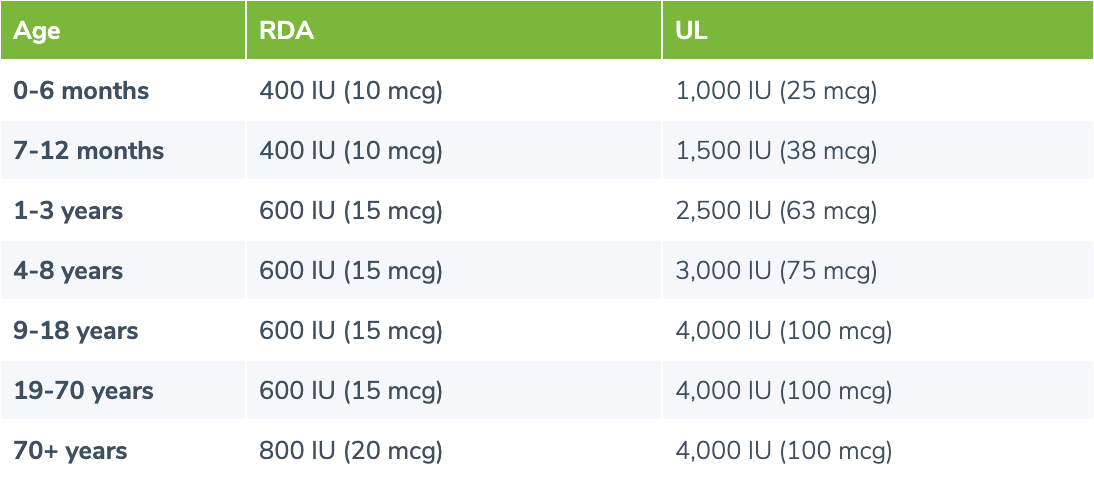Vitamin D...hormone or vitamin?
- By J.Maxine MacGwyre, LMA, Nutrition Specialist
- •
- 24 Jun, 2020
- •

How does Vitamin D promote healthy bones?
The bone builder mineral, Calcium, requires Vitamin D for proper absorption. Vitamin D assists the body in Calcium absorption and maintaining appropriate Calcium levels in the blood. Insufficient levels of Vitamin D cause Calcium to be released from the bones to help maintain blood calcium levels, which contribute to soft, brittle bones.
Boosting immune health...a timely C19 strategy
Our immune system is continually defending our body from foreign microscopic invaders. Research shows that low levels of vitamin D are associated with not only an increased susceptibility to infection but also reveals a link to multiple autoimmune diseases, including lupus, multiple sclerosis, and rheumatoid arthritis. Likewise it can be said that improving Vitamin D status, though supplementation, diet, and sun exposure, may have protective effects against autoimmune disease. How exactly does Vitamin D support our immune system? By stimulating immune cells, such as macrophages and T-cells, that defend the body against harmful pathogens. Several studies found a correlation between optimal Vitamin D levels and a decreased risk of upper respiratory tract infections, due to the protective effect of an increased expression of anti-microbial peptides in the lungs.

Link between Vitamin D and cardiovascular health
Vitamin D deficiency is a known risk factor for cardiovascular disease and increasing evidence suggests that Vitamin D supplementation may lower the risk of cardiovascular disease. Further, combining Vitamin D and Calcium supplementation is thought to decrease the risk of heart failure by 25-37%. Finally, adequate levels of Vitamin D may help regulate parathyroid hormone levels. This hormone regulates calcium in the blood which is important because an increase in blood calcium is linked to hypertension, heart failure and stroke. Additionally, studies found that Vitamin D supplementation may improve blood flow.
Brain Health and Vitamin D
Research is establishing a link between age-related cognitive decline and Vitamin D deficiency. Entering through Vitamin D receptors in the brain, Vitamin D may have neuro-protective effects such as reducing protein buildup which has been shown to contribute to the development of Alzheimer’s disease.
Since Vitamin D is an antioxidant, adequate levels may help reduce or prevent oxidative damage to nervous tissue which contributes to cognitive decline. Also, high dose supplementation of Vitamin D may improve visual memory.
How much vitamin D do you need?
The Food and Nutrition Board at the Institute of Medicine sets intake guidelines for both macro and micro nutrients, known as the recommended dietary allowance (RDA). The RDA for Vitamin D establishes a daily intake sufficient to maintain bone health and normal calcium metabolism for most healthy people.
Also established is the tolerable upper intake level (UL), which represents the maximum daily amount of a nutrient that is unlikely to cause adverse effects. Since vitamin D is stored in fat cells as well as the liver, excess amounts can build up to dangerous levels, causing high blood calcium which can cause damage to the heart, blood vessels, and kidneys. It is well advised to test Vitamin D levels on an semi-annual or annual basis, particularly when using clinical level supplementation. Some medical practitioners recommend a Vitamin D, 25-Hydroxy blood value of 50-80 ng/mL.
Recommended dietary allowances (RDAs) and tolerable upper intake level (UL) for vitamin D

Vitamin D deficiency
Vitamin D deficiency is more common than you may think, affecting approximately 41% of the population. Deficiency brings with it serious health concerns, including diabetes, cancer, osteoporosis, and high blood pressure.
Certain populations such as: older adults, those living in northern regions of the world with less opportunity for sun exposure, breastfed infants whose mother's have low levels of vitamin D, individuals with ethnic skin tones, people with a Body Mass Index (BMI) ≥30 indicating obesity, and those suffering from chronic conditions affecting fat absorption such as Celiac Disease and Ulcerative Colitis are all at the greatest risk of developing a vitamin D deficiency.
3 sources of vitamin D
Sun exposure...walking the line
Spending 5-30 minutes outside, twice a week, provides enough UVB (the rays that can burn, think "B" for burn) exposure to meet vitamin D needs. When the UVB rays make contact with our skin, cholesterol in our skin cells react to convert the UVB rays into Vitamin D. The success of this reaction is dependent upon the amount of skin exposed to sunlight, as well as the amount of melanin in our skin. Melanin is the pigment found in our skin, hair, and eyes. Darker ethnic skin has more melanin present, which results in less UVB ray absorption. Additionaly, the face, arms, legs, or back, without sunscreen, need to be exposed for maximum UVB delivery. I hear you say, "Maxine...WHHHHATTTT??" Yes, emphatically yes, sun exposure can increase the risk of skin cancer, so only spend short periods of time in the sun without protection before or after the peak of the day for Vitamin D benefits.

Dietary sources and considerations
Natural food sources for vitamin D include:
- Beef liver
- Cheese
- Egg yolk
- Fatty fish (mackerel, salmon, and tuna)
- Some mushrooms (chanterelle, maitake, and UV-treated portabella)
Foods fortified with vitamin D include...be sure to read the label:
- Dairy products (milk and yogurt)
- Non-dairy milk (almond milk)
- Orange juice
Did you know?
Since vitamin D is a fat-soluble vitamin, pairing vitamin D-rich foods or supplements with high-fat foods, such as avocados or nuts, can significantly increase absorption.
Supplements
People who spend limited time in the sun, don’t consume enough foods rich in Vitamin D, have health considerations as previously stated, or have low blood levels for Vitamin D should consider supplements. Vitamin D3 is the preferred formulation for supplementation.
Did you know?
Vitamin K2, is often paired with vitamin D3 in supplements. Vitamin K2 enhances bone calcification while minimizing the accumulation of calcium in the blood vessels by driving calcium from blood into our bones.




